Van Heemstraweg 2A, Zaltbommel, The Netherlands
By 2040
We cover the full operational cycle from data fusion to providing guidelines, scenarios and automation.
We collect unique sources of data. From Floating Car Data to Telecom-data, AIS, CCTV, ANPR, Driver Experiences Apps, and more.
We clean, process and transform the collected data with our algorithms to uncover patterns that really matters. Available through API, dashboards, and Apps
We valorize those data products to reduce traffic congestion by analyzing behavior, detecting bottlenecks, distributing traffic load build-up and preempting gridlocks.
Reduce congestion, pollution and CO2 and increase safety and accessibility.
Offer convenient and sustainable mobility solutions.
Increase productivity and ease employee commutes.

Get unified and direct access to open transport, mobility and geo data from government, commercial and crowd sources through API.
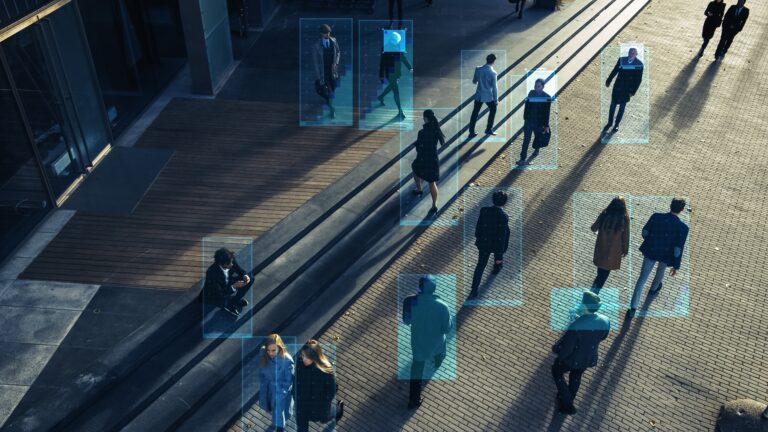
Use multiple cameras and image recognition AI to measure frequency, Origin-Destination, and behavior of people.
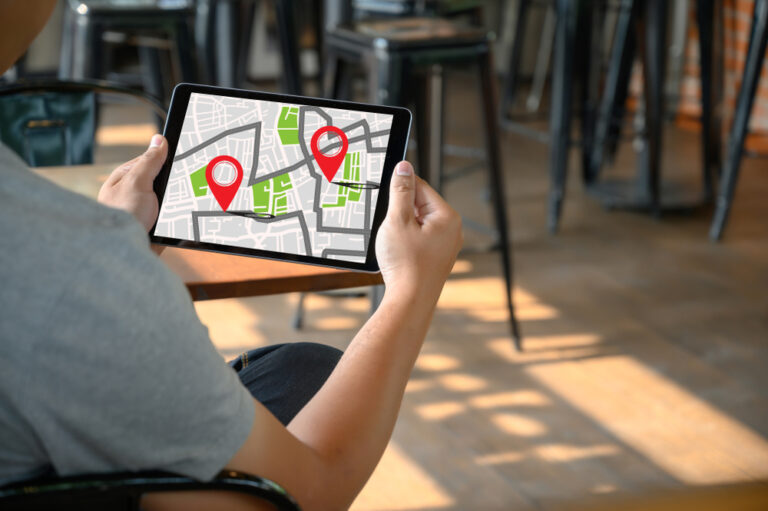
Connect a tracking App to measure the Origin-Destination, behavior, modality, and people flow.

Detect, locate and count driving events; excessive speeding, risk zones, and more.
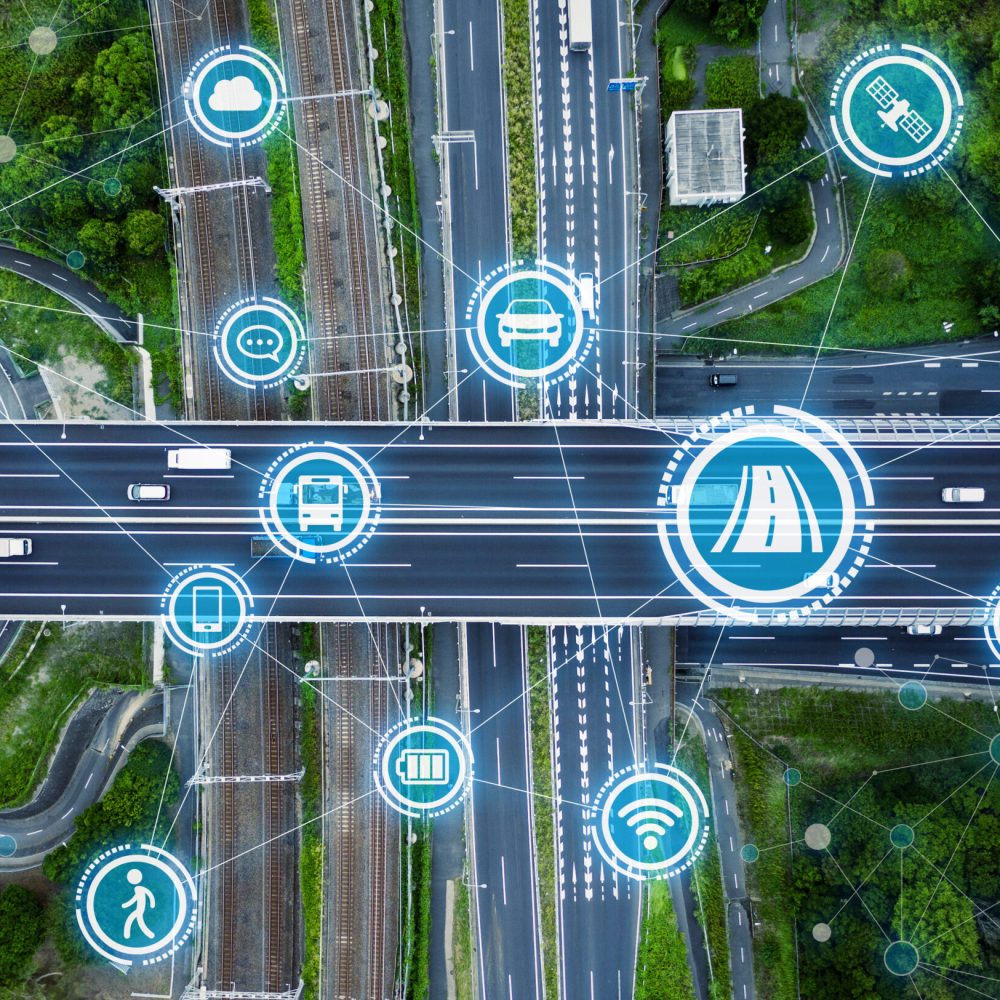
Combine social media with traveller movement behaviour.
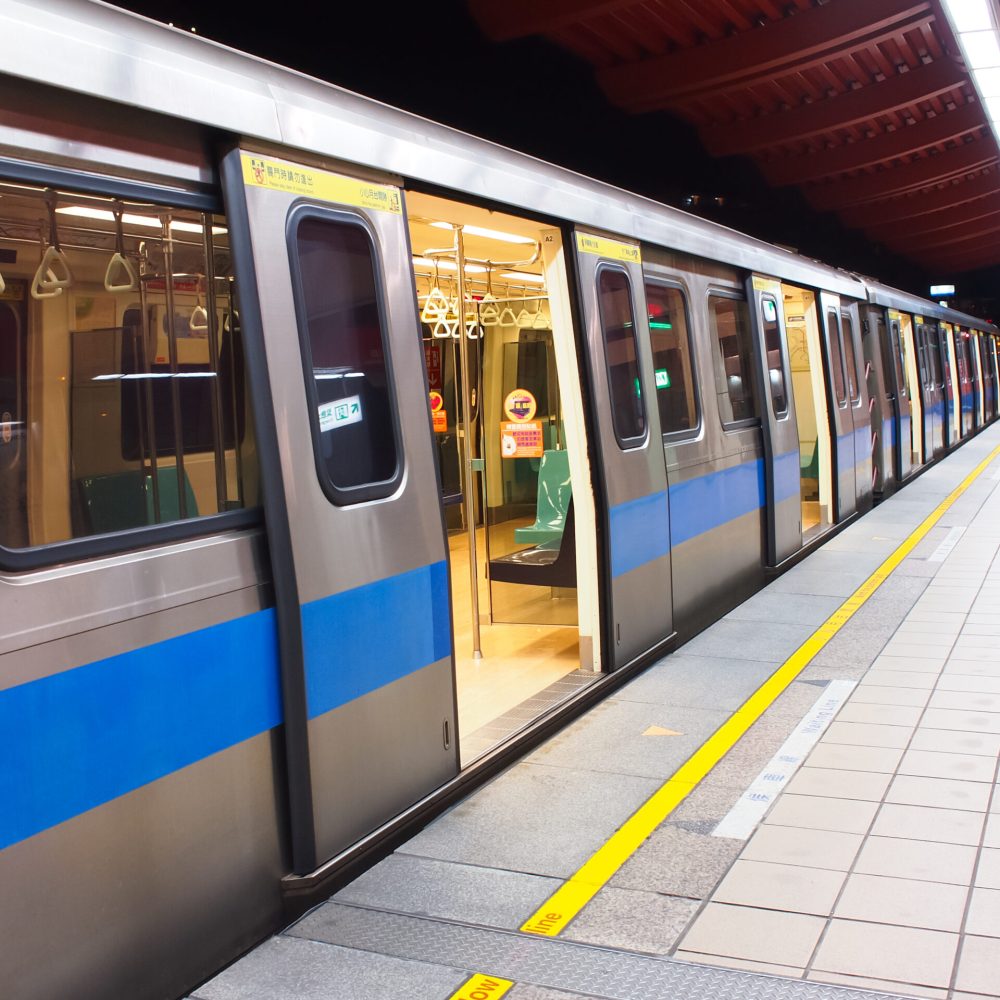
Uncover transit gaps and understand the impact of solutions through simulation.
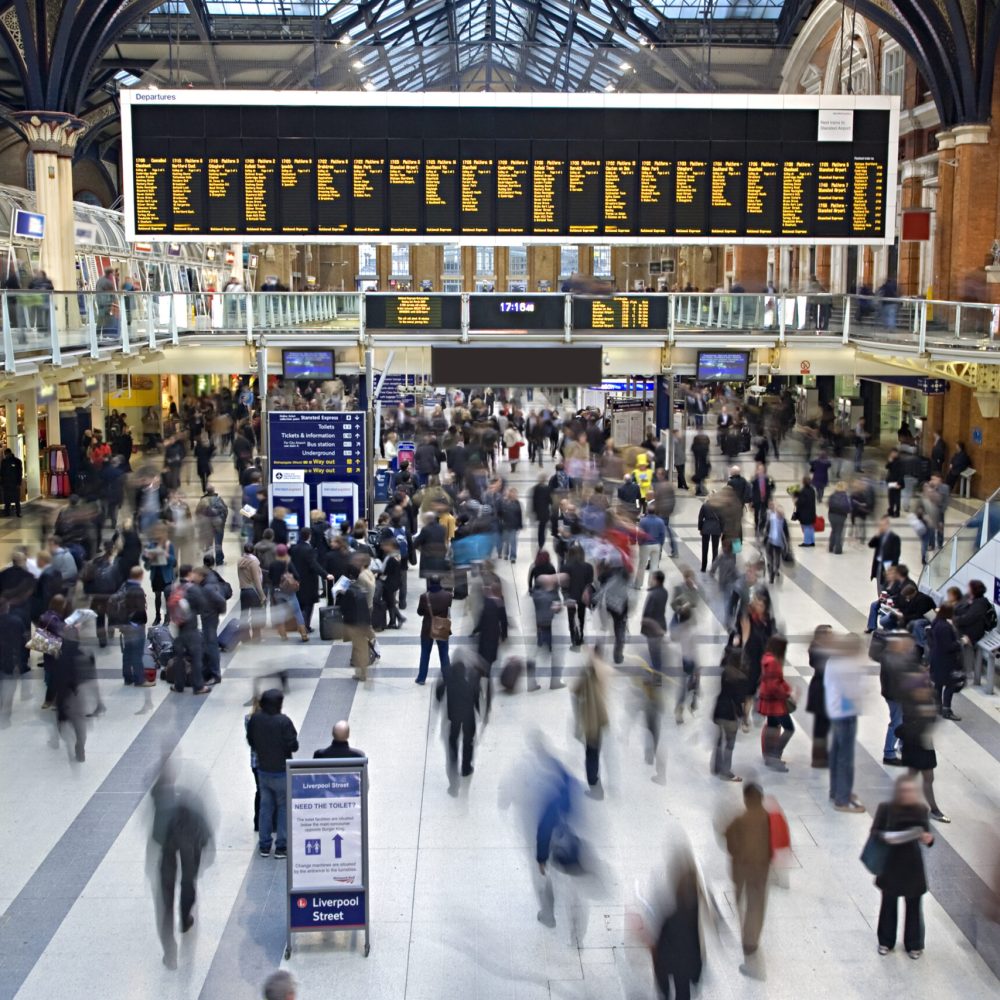
Analyse first/last mile access to stations and and assess the impact of future transit changes on riders and local residents.
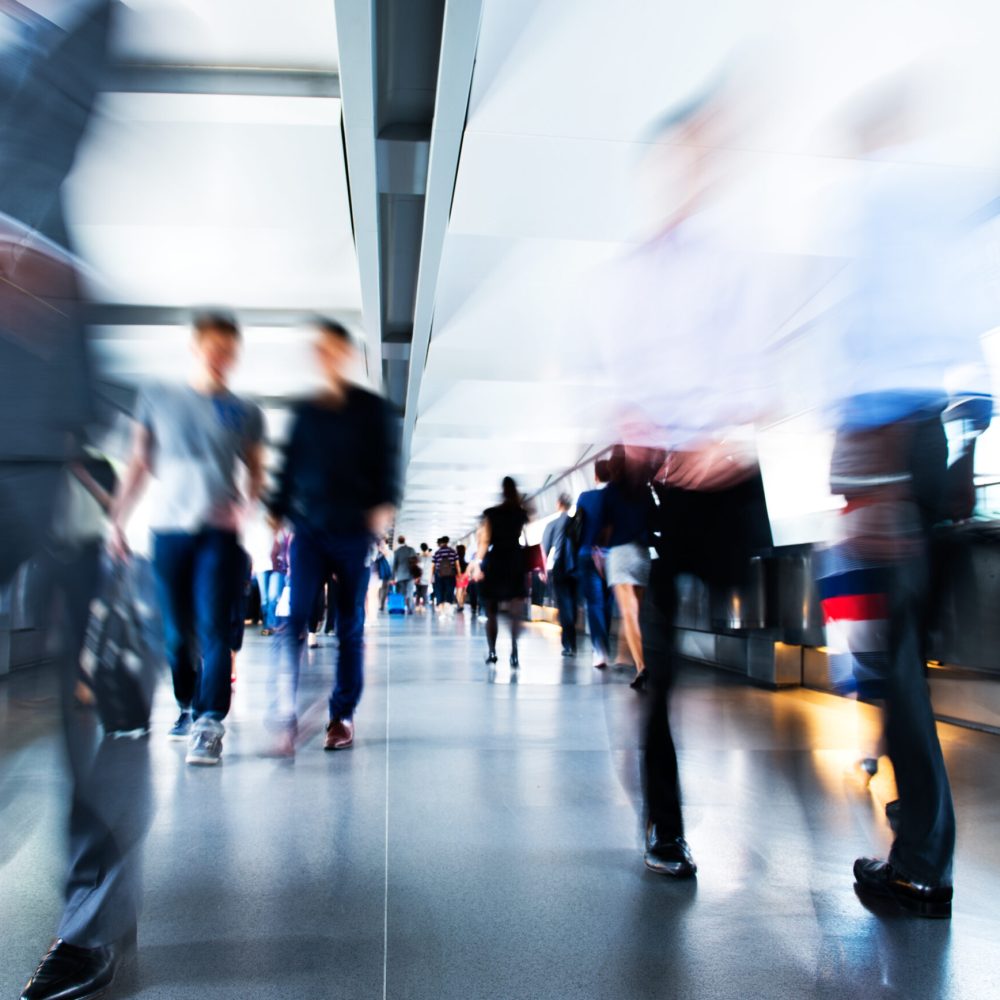
Measure the impact of different mobility policies on the commuting of employees.
On 1 July 2022, the new Environment Act entered into force, requiring companies with more than 100 employees to contribute to a 25% CO2 reduction by 2030 compared to 2016 in work-related traffic (commuting and business).
The CO2 Performance Ladder is an instrument that helps organisations reduce their carbon emissions in the organisation, in projects and in the business sector. With a certificate on the Ladder, organisations can receive an award advantage for their registration on tenders. The instrument is used as both a CO2 management system as well as a procurement tool.
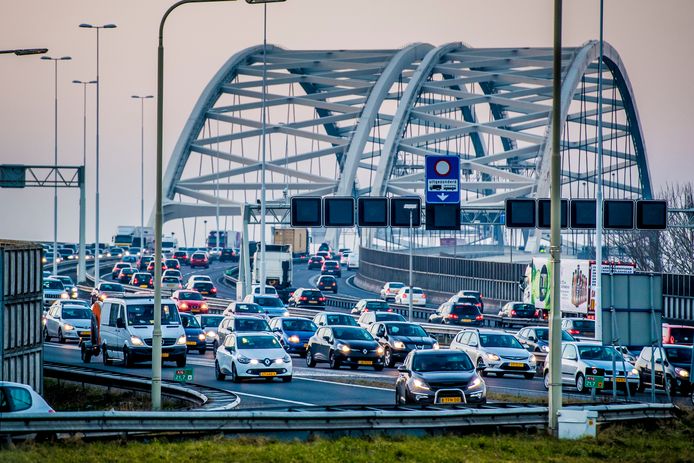
Combine GPS, floating car data and loop detector data to measure the impact of roadwork on traffic flow and provide guidelines for traffic plan automation.
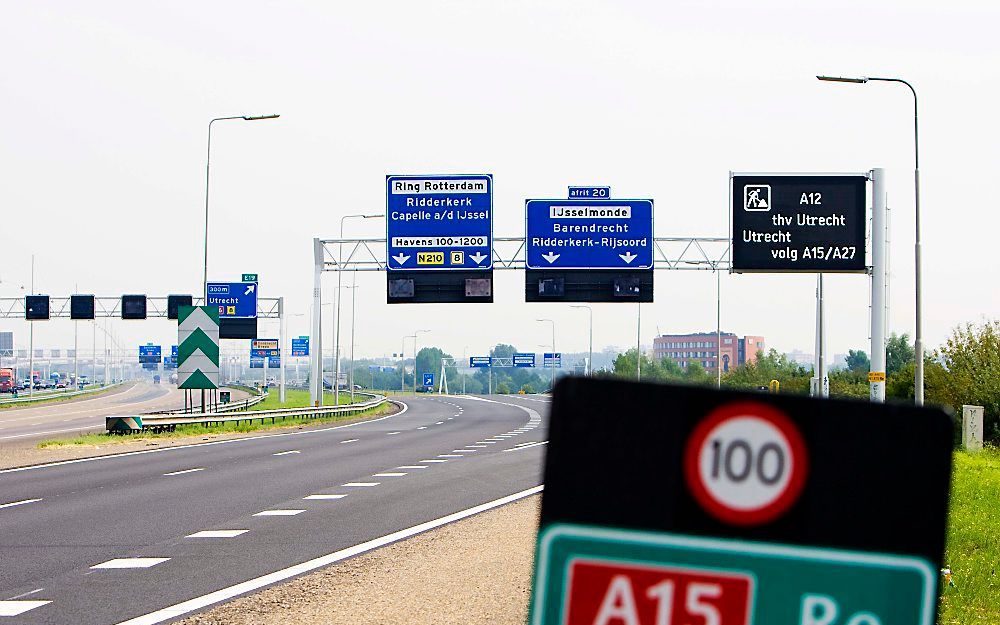
Experiment with a combination of GPS data, floating car data from in-car-navigation, loop detector data and matrix signs to understand how to influence traveller driving behavior.
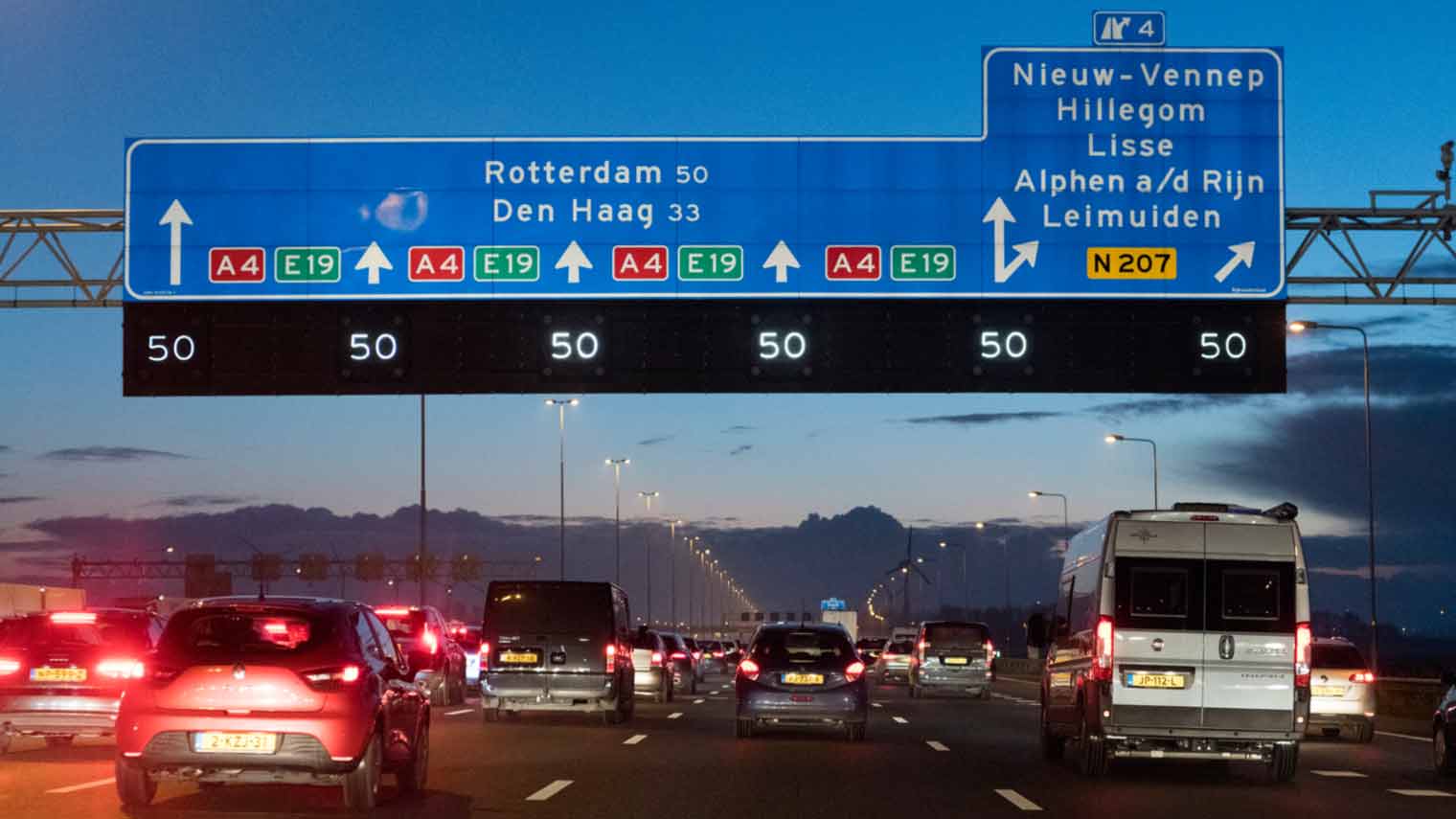
Combine different non matching floating car datasets, loop detector data and matrix signs to measure traveller follow-up behavior for automated lane-level advises.
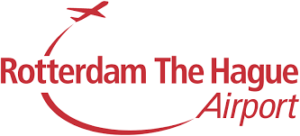



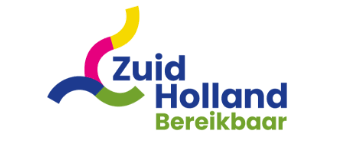

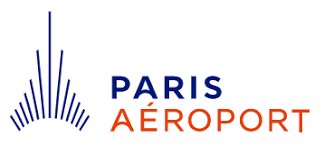
Receive our latest blog posts directly in your inbox!